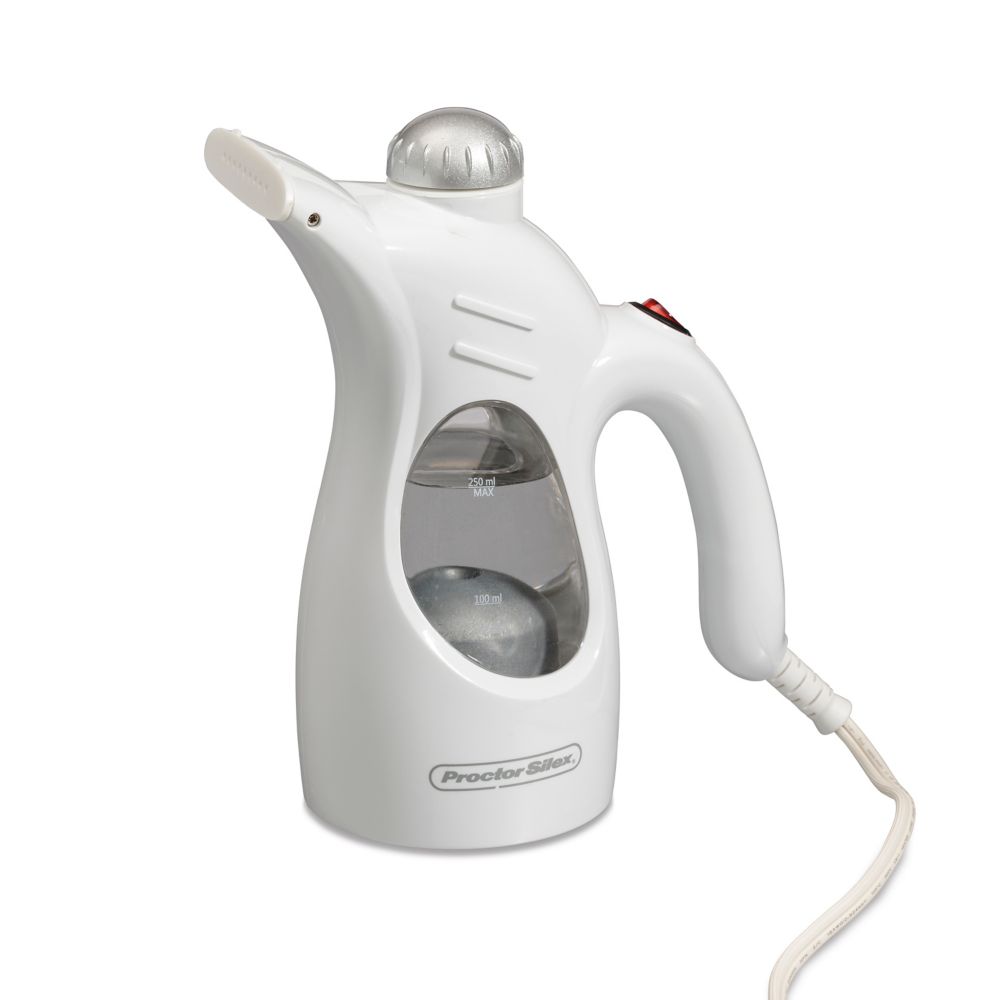

“Primarily, these tests are implemented using white buckets with black rings inscribed inside them,” Jacoff said.
Proctor property evaluator series#
Many of the test methods involve aligning the drone simultaneously with two cylindrical targets in a series of designated positions and orientations. For the pilot, it’s like a driving test to prove he or she can operate a specialized vehicle that’s not for everyone, such as a commercial truck.” “For the aircraft, it’s like testing a car on a speedway track to make sure it works as designed. “Emergency response organizations can quantitatively establish reliability and confidence during training before drones and remote pilots are deployed in real-life situations,” said NIST mechanical engineer Kamel Saidi, who works with Jacoff on metrics for response robots.

“The test methods are low-cost and easy to fabricate and use, so they can be replicated by any group interested in evaluating its aircraft and remote pilots,” he said. Jacoff leads the agency’s efforts to develop, refine and promote adoption and use of consensus test standards for response robots that function on land, sea and air. “NFPA 2400 references our test methods as a practical way to guide training and measure remote pilot proficiency,” said Adam Jacoff, NIST robotics research engineer. There also are five functionality test methods, including circular orbits to identify objects from afar and spiral maneuvers to conduct close-range inspections. The new standard includes a suite of 10 aerial test methods developed by NIST that quantitatively measures both the system capabilities of the drone and the proficiency of the pilot in carrying out five basic maneuvers, including accurate landing, vertical climbing, and straight and level flying. organization that creates and maintains more than 300 codes and standards to reduce loss of life and property due to fire, electrical and related hazards, has issued NFPA 2400, Standard for Small Unmanned Aircraft Systems (sUAS) Used for Public Safety Operations.

The National Fire Protection Association (NFPA), a U.S. Polyvinyl chloride (PVC) is very stable, storable and not toxic.Sky's the Limit: NIST Performance Tests Train Emergency Response Drone Pilots Due to its hazardous nature, VCM is not found in other products. Vinyl chloride, also called vinyl chloride monomer (VCM), is exclusively used as a precursor to PVC.


 0 kommentar(er)
0 kommentar(er)
